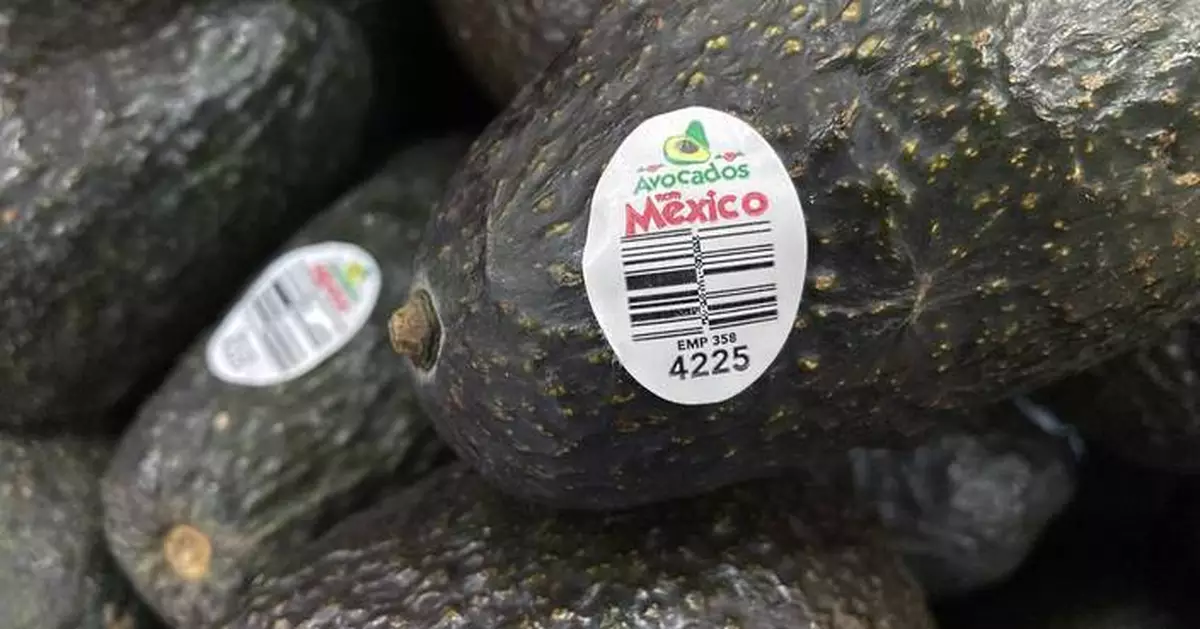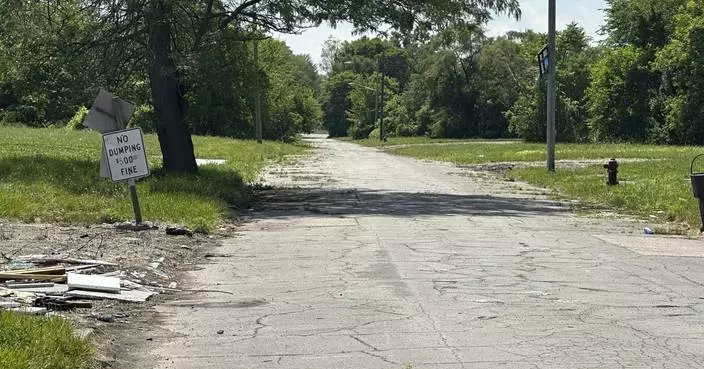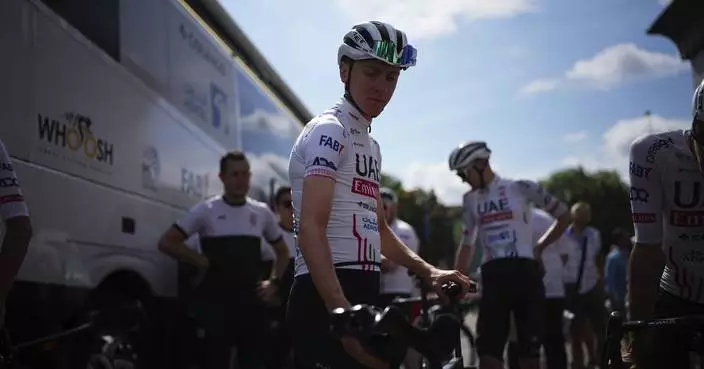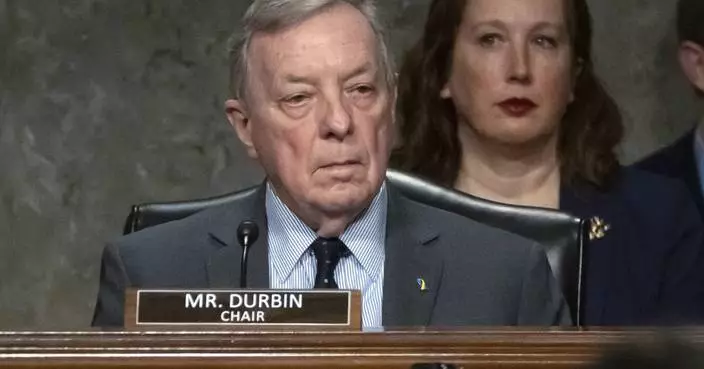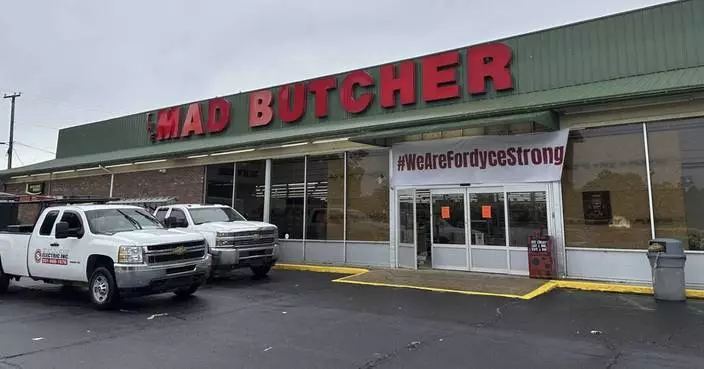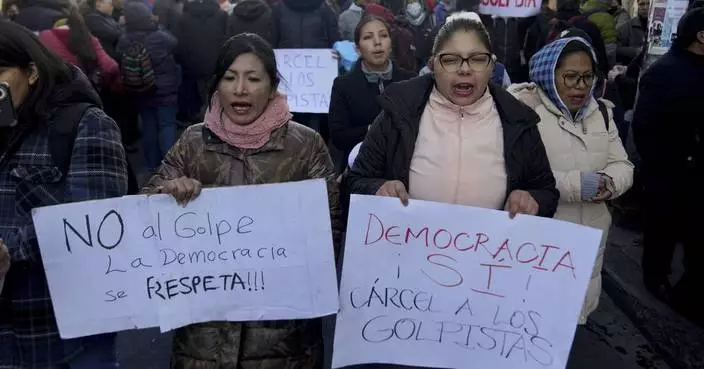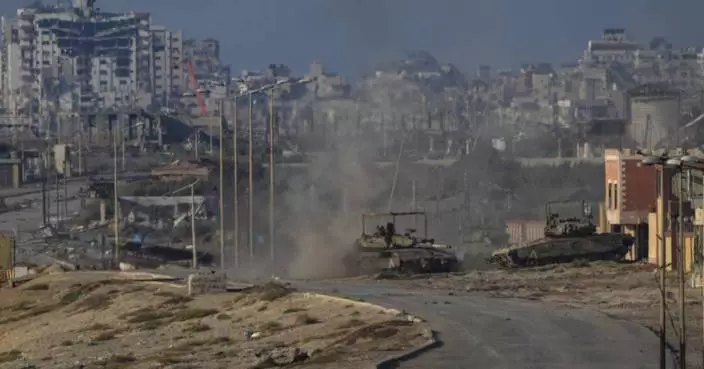MEXICO CITY (AP) — U.S. government inspections of avocados and mangoes in the Mexican state of Michoacan will gradually resume, U.S. Ambassador Ken Salazar announced Friday, a week after they were suspended over an assault on inspectors.
The U.S. Agriculture Department inspectors “will gradually begin to return to the packing plants following recent aggression against them,” Salazar said in a statement. “However, it is still necessary to advance in guaranteeing their security before reaching full operations.”
“In fact, more work still needs to be done so that the (agriculture) inspectors are safe and can resume inspections and thereby eliminate the impediments to the trade of avocado and mango to the United States from Michoacan.”
Last weekend, two USDA employees were assaulted and temporarily held by assailants in Michoacan, Salazar said earlier this week. That led the U.S. to suspend inspections in Mexico’s biggest avocado-producing state.
The employees work for the U.S. Department of Agriculture’s Animal and Plant Health Inspection Service. Because the United States also grows avocados, U.S. inspectors work in Mexico to ensure exported avocados don’t carry diseases that could hurt U.S. crops.
Earlier this week, Michoacan Gov. Alfredo Ramírez Bedolla said the inspectors had been stopped in a protest by residents of Aranza in western Michoacan on June 14.
He downplayed the situation, suggesting the inspectors were never at risk. He said that he got in touch with the U.S. Embassy the following day and that state forces were providing security for the state’s avocado producers and packers.
Many avocado growers in Michoacan say drug gangs threaten them or their family members with kidnapping or death unless they pay protection money, sometimes amounting to thousands of dollars per acre.
There have also been reports of organized crime bringing avocados grown in other states not approved for export and trying to get them through U.S. inspections.
In February 2022, the U.S. government suspended inspections of Mexican avocados “until further notice” after a U.S. plant safety inspector in Michoacan received a threatening message. The halt was lifted after about a week.
Later that year, Jalisco became the second Mexican state authorized to export avocados to the U.S.
The new pause in inspections didn’t block shipments of Mexican avocados to the United States, because Jalisco is now an exporter and there are a lot of Michoacan avocados already in transit.
Salazar said he was optimistic things were moving in a positive direction, but would not be satisified until the inspectors can work without threats to their safety.

US will gradually resume avocado inspections in conflictive Mexican state, ambassador says
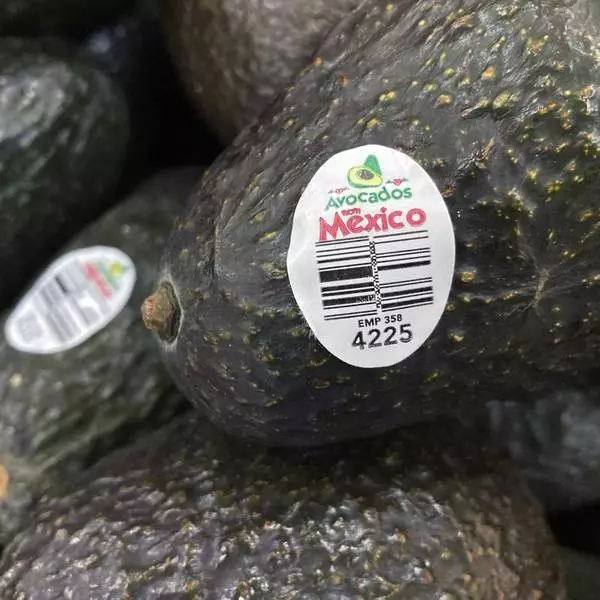
US will gradually resume avocado inspections in conflictive Mexican state, ambassador says
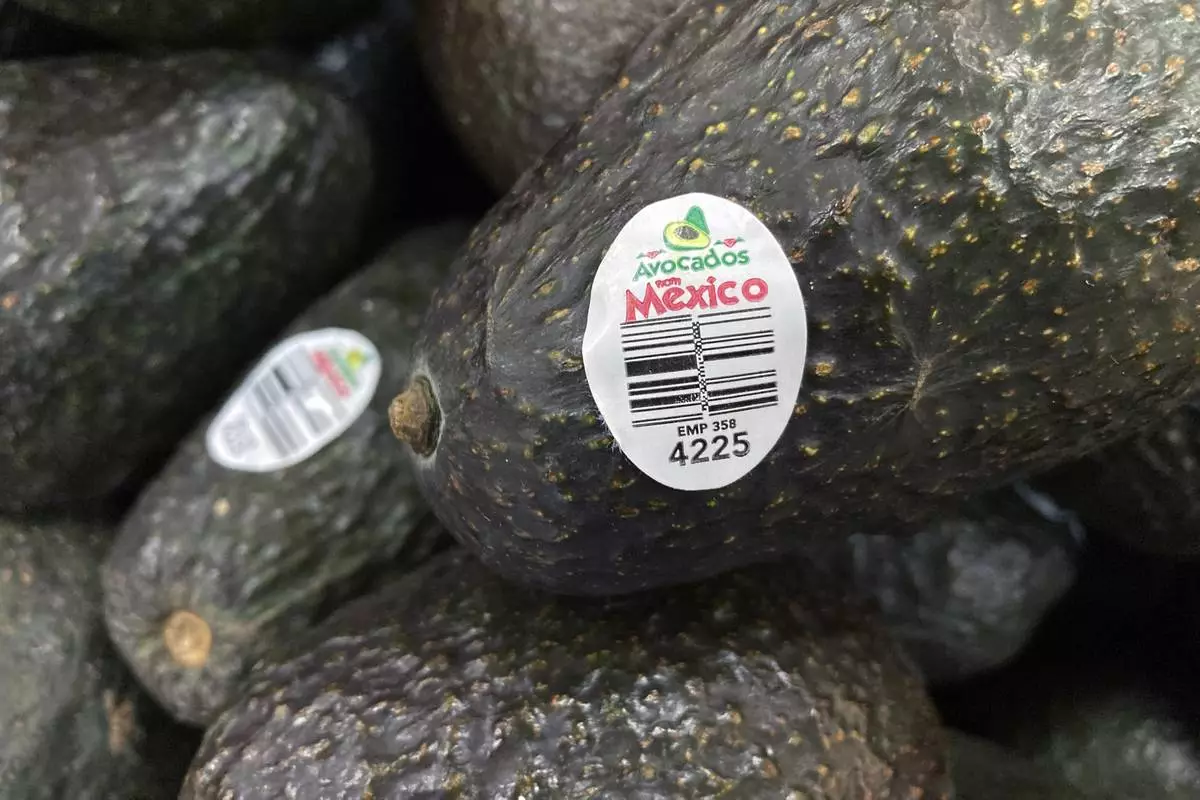
FILE - Avocados from Mexico are for sale at a grocery store in Lyndhurst, New Jersey, Feb. 17, 2022. The U.S. government has temporarily suspended inspections of avocado and mango shipments, the U.S. ambassador to Mexico said Tuesday, June 18, 2024, after two employees of the United States Agriculture Department were assaulted and temporarily held by assailants in the Mexican state of Michoacan. (AP Photo/Ted Shaffrey, File)
WASHINGTON (AP) — The Environmental Protection Agency will not be able to enforce a key rule limiting air pollution in nearly a dozen states while separate legal challenges proceed around the country, under a Supreme Court decision Thursday.
The EPA’s “good neighbor” rule is intended to restrict smokestack emissions from power plants and other industrial sources that burden downwind areas with smog-causing pollution.
Three energy-producing states — Ohio, Indiana and West Virginia — challenged the rule, along with the steel industry and other groups, calling it costly and ineffective.
The Supreme Court put the rule on hold while legal challenges continue, the conservative-led court’s latest blow to federal regulations.
The high court, with a 6-3 conservative majority, has increasingly reined in the powers of federal agencies, including the EPA, in recent years. The justices have restricted EPA’s authority to fight air and water pollution, including a landmark 2022 ruling that limited EPA’s authority to regulate carbon dioxide emissions from power plants that contribute to global warming.
The court is also weighing whether to overturn its 40-year-old Chevron decision, which has been the basis for upholding a wide range of regulations on public health, workplace safety and consumer protections.
A look at the good neighbor rule and the implications of the court decision.
The EPA adopted the rule as a way to protect downwind states that receive unwanted air pollution from other states. Besides the potential health impacts from out-of-state pollution, many states face their own federal deadlines to ensure clean air.
States such as Wisconsin, New York and Connecticut said they struggle to meet federal standards and reduce harmful levels of ozone because of pollution from out-of-state power plants, cement kilns and natural gas pipelines that drift across their borders.
Ground-level ozone, commonly known as smog, forms when industrial pollutants emitted by cars, power plants, refineries and other sources chemically react in the presence of sunlight. High ozone levels can cause respiratory problems, including asthma and chronic bronchitis. People with compromised immune systems, the elderly and children playing outdoors are particularly vulnerable.
Judith Vale, New York’s deputy solicitor general, told the court that for some states, as much as 65% of smog pollution comes from outside its borders.
States that contribute to ground-level ozone must submit plans ensuring that coal-fired power plants and other industrial sites do not add significantly to air pollution in other states. In cases where a state has not submitted a “good neighbor” plan — or where EPA disapproves a state plan — a federal plan is supposed to ensure downwind states are protected.
The Supreme Court decision blocks EPA enforcement of the rule and sends the case back to the U.S. Court of Appeals for the District of Columbia Circuit, which is considering a lawsuit challenging the regulation that was brought by 11 mostly Republican-leaning states.
An EPA spokesman said the agency believes the plan is firmly rooted in its authority under the Clean Air Act and “looks forward to defending the merits of this vital public health protection" before that appeals court.
The spokesman, Timothy Carroll, said the Supreme Court's ruling will "postpone the benefits that the Good Neighbor Plan is already achieving in many states and communities.''
While the plan is on pause, "Americans will continue to be exposed to higher levels of ground-level ozone, resulting in costly public health impacts that can be especially harmful to children and older adults,'' Carroll said. Ozone disproportionately affects people of color, families with low incomes, and other vulnerable populations, he said.
Rich Nolan, president and CEO of the National Mining Association, said he was pleased that the Supreme Court "recognized the immediate harm to industry and consumers posed by this reckless rule. No agency is permitted to operate outside of the clear bounds of the law and today, once again, the Supreme Court reminded the EPA of that fact.''
With a stay in place, Nolan said the mining industry looks forward to making its case in court that the EPA rule “is unlawful in its excessive overreach and must be struck down to protect American workers, energy independence, the electric grid and the consumers it serves,.”
The EPA rule was intended to provide a national solution to the problem of ozone pollution, but challengers said it relied on the assumption that all 23 states targeted by the rule would participate. In fact, only about half that number of states were participating as of early this year.
A lawyer for industry groups that are challenging the rule said it imposes significant and immediate costs that could affect the reliability of the electric grid. With fewer states participating, the rule may result in only a small reduction in air pollution, with no guarantee the final rule will be upheld, industry lawyer Catherine Stetson told the Supreme Court in oral arguments earlier this year.
The EPA has said power-plant emissions dropped by 18% in 2023 in the 10 states where it has been allowed to enforce its rule, which was finalized last year. Those states are Illinois, Indiana, Maryland, Michigan, New Jersey, New York, Ohio, Pennsylvania, Virginia and Wisconsin. In California, limits on emissions from industrial sources other than power plants are supposed to take effect in 2026.
The rule is on hold in another dozen states because of separate legal challenges. The states are Alabama, Arkansas, Kentucky, Louisiana, Minnesota, Mississippi, Missouri, Nevada, Oklahoma, Texas, Utah and West Virginia.
Critics, including Republicans and business groups, call the good neighbor rule an example of government overreach.
The EPA rule and other Biden administration regulations “are designed to hurriedly rid the U.S. power sector of fossil fuels by sharply increasing the operating costs, ... forcing the plants’ premature retirement,” Republican lawmakers said in a brief filed with the high court.
Supporters disputed that and called the "good neighbor'' rule critical to address interstate air pollution and ensure that all Americans have access to clean air.
“Today’s move by far-right Supreme Court justices to stay commonsense clean air rules shows just how radical this court has become,'' said Charles Harper of environmental group Evergreen Action.
“The court is meddling with a rule that would prevent 1,300 Americans from dying prematurely every year from pollution that crosses state borders. We know that low-income and disadvantaged communities with poor air quality will bear the brunt of this delay,'' Harper said.
Roger Reynolds, senior legal director of the environmental group Save the Sound, said the decision hinders the EPA from protecting states such as Connecticut and New York that suffer from ozone pollution generated in the Midwest.
"We cannot reach healthy air quality for our residents without addressing upwind pollution, in addition to local sources,” Reynolds said.
The rule applies mostly to states in the South and Midwest that contribute to air pollution along the East Coast. Some states, such as Texas, California, Pennsylvania, Illinois and Wisconsin, both contribute to downwind pollution and receive it from other states.
Associated Press writer Susan Haigh in Hartford, Connecticut contributed to this story.

FILE - Emissions rise from smokestacks at the Jeffrey Energy Center coal power plant, near Emmett, Kan., Sept. 18, 2021. The Supreme Court decided Thursday, June 27, 2924, that the EPA won't be able to enforce a key rule limiting air pollution in nearly a dozen states while separate legal challenges proceed around the country. The EPA's "good neighbor" rule is intended to restrict smokestack emissions from power plants and other industrial sources that burden downwind areas with smog-causing pollution.Ohio, Indiana and West Virginia challenged the rule, along with the steel industry and other groups. (AP Photo/Charlie Riedel, File)
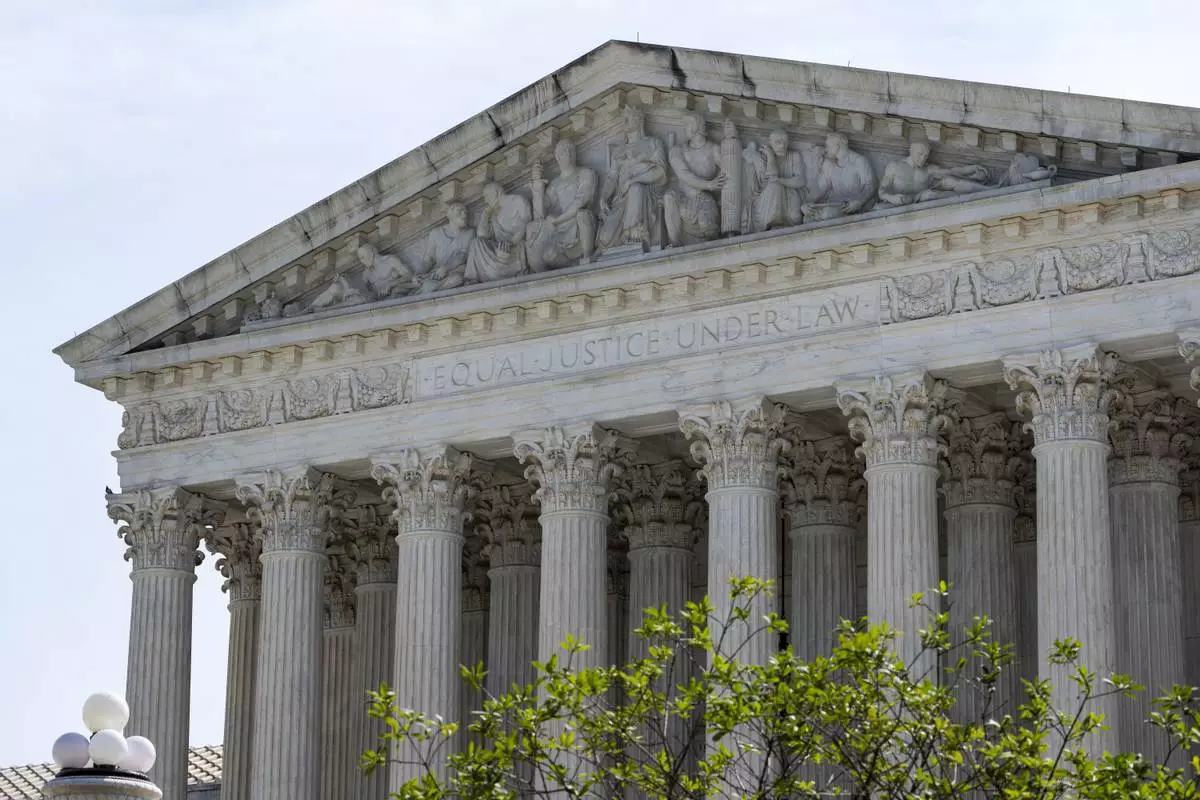
The Supreme Court building is seen, Wednesday, June 26, 2024, in Washington. (AP Photo/Alex Brandon)
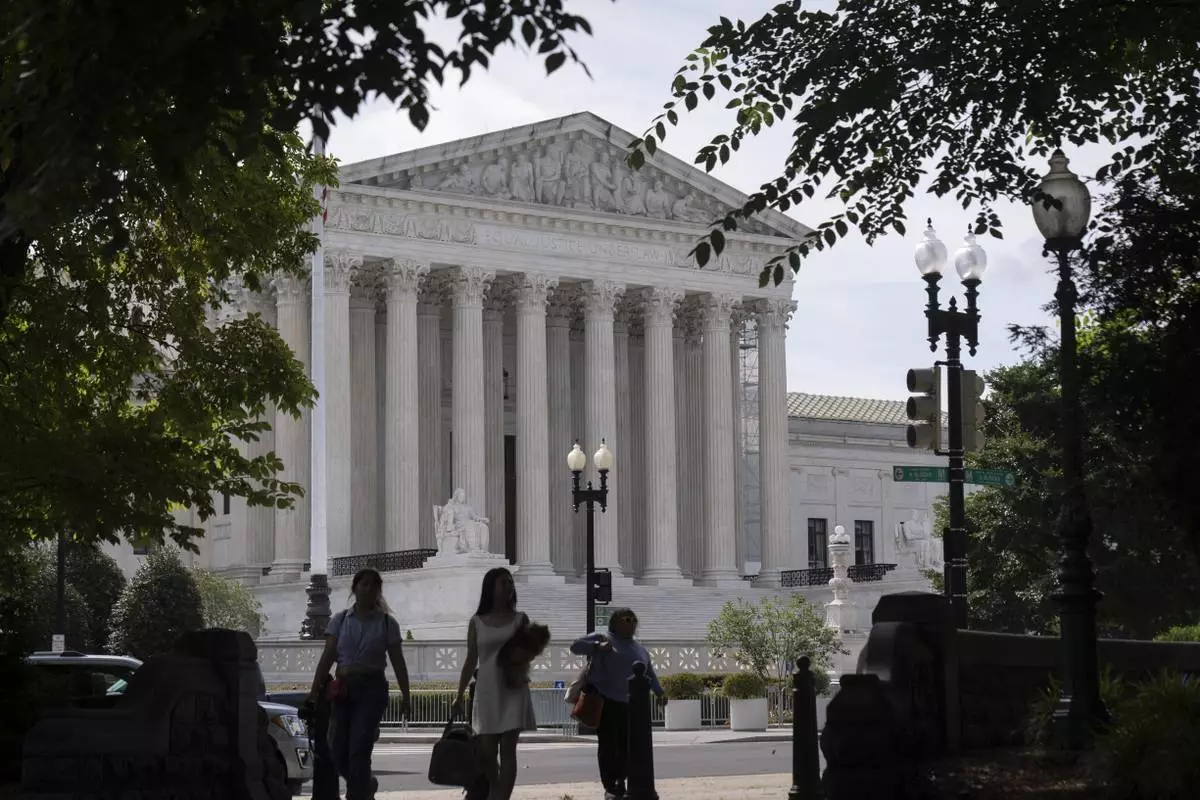
People walk past the Supreme Court on Thursday, June 27, 2024, in Washington. (AP Photo/Mark Schiefelbein)





